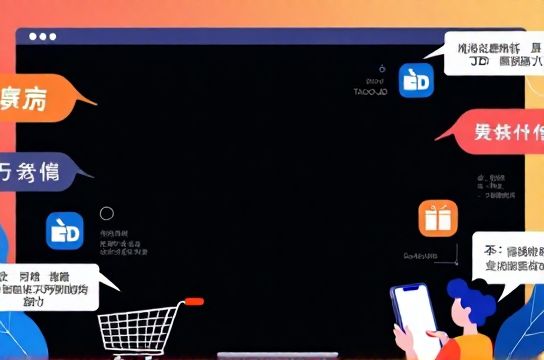Common Language Barriers in China E Commerce Solved
- 时间:
- 浏览:14
- 来源:OrientDeck
If you've ever tried shopping on Taobao or chatting with a seller on Pinduoduo, you know—language can be a real wall. Even with Google Translate open in five tabs, things get lost. Fast. But here’s the truth: you don’t need fluent Mandarin to win in China’s e-commerce jungle. Let’s break down the common language barriers and how smart shoppers (yes, like you) are already beating them.

The Real Problem Isn’t Just Translation—It’s Context
Machine translation has come a long way, but it still stumbles on Chinese slang, product-specific terms, and cultural nuances. For example, “爆款” doesn’t just mean 'bestseller'—it implies limited stock, high demand, and FOMO. Miss that, and you miss out.
A 2023 report by Statista shows over 940 million people shop online in China—that’s more than the entire population of North and South America combined. Yet, only about 10% of foreign users feel confident navigating Chinese platforms without help.
Top 3 Language Barriers (& How to Beat Them)
- Product Descriptions Full of Fluff
Chinese sellers love poetic exaggeration. "Skin glows like moonlight over a lake" might just mean "this moisturizer is okay." Focus on keywords and user reviews instead. - No English Customer Support
Many stores won’t have bilingual staff. Use WeChat or Alibaba’s chat tools with built-in translation. Pro tip: Keep messages short and clear—long sentences confuse AI. - Hidden Fees & Shipping Jargon
Terms like 包邮 (bāo yóu) = free shipping, while 运费 (yùn fèi) = shipping fee. Know these basics to avoid surprise costs.
Smart Tools That Actually Work
Forget clunky translators. These tools are game-changers:
- Pocket Translate – AR camera translates labels in real time
- Taobao Global – Official English interface with curated products
- WeChat Translate – Best for live chats with sellers
What Top Buyers Know (That You Don’t… Yet)
Local buyers use customer reviews (评价 píngjià) as their compass. Skip the star rating—read the photos and comments. Real users post unfiltered pics. If 8 out of 10 show damaged goods? Walk away.
Here’s a quick cheat sheet of must-know terms:
| Chinese | Pinyin | English Meaning | Usage Tip |
|---|---|---|---|
| 包邮 | bāo yóu | Free shipping | Look for this to save big |
| 七天无理由退货 | qī tiān wú lǐyóu tuìhuò | 7-day no-reason return | Key for risk-free buying |
| 预售 | yù shòu | Pre-sale | Pay now, ship later—common for new launches |
| 差评 | chā píng | Bad review | Check these first before buying |
Bottom line? The language barrier in China’s e-commerce isn’t a dead end—it’s a speed bump. With the right tools and a bit of local wisdom, you’re not just surviving. You’re scoring deals no one else dares to click.